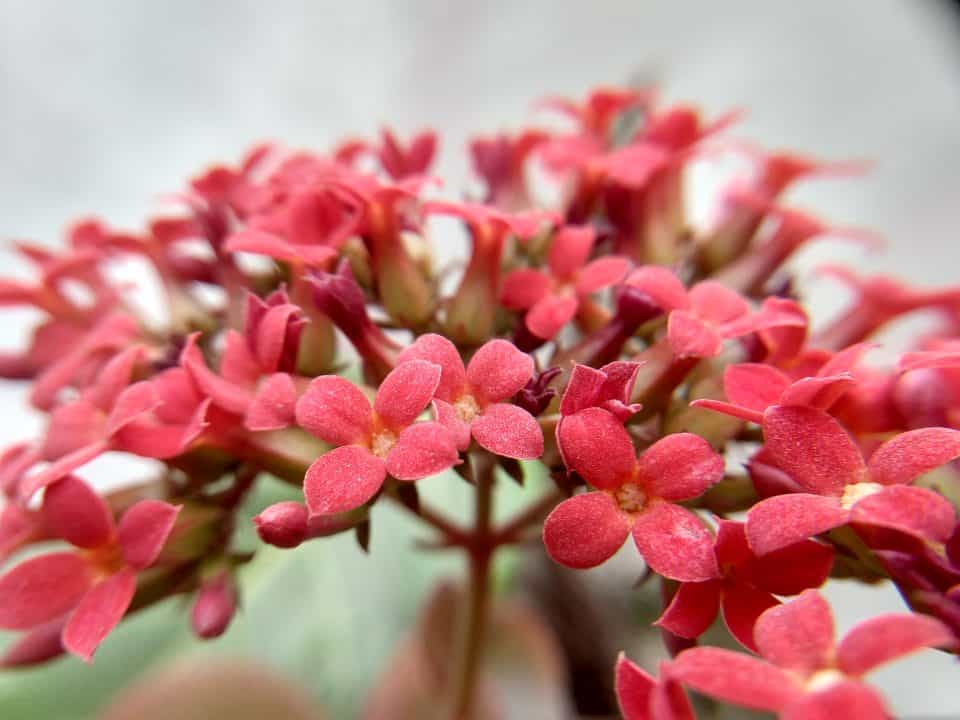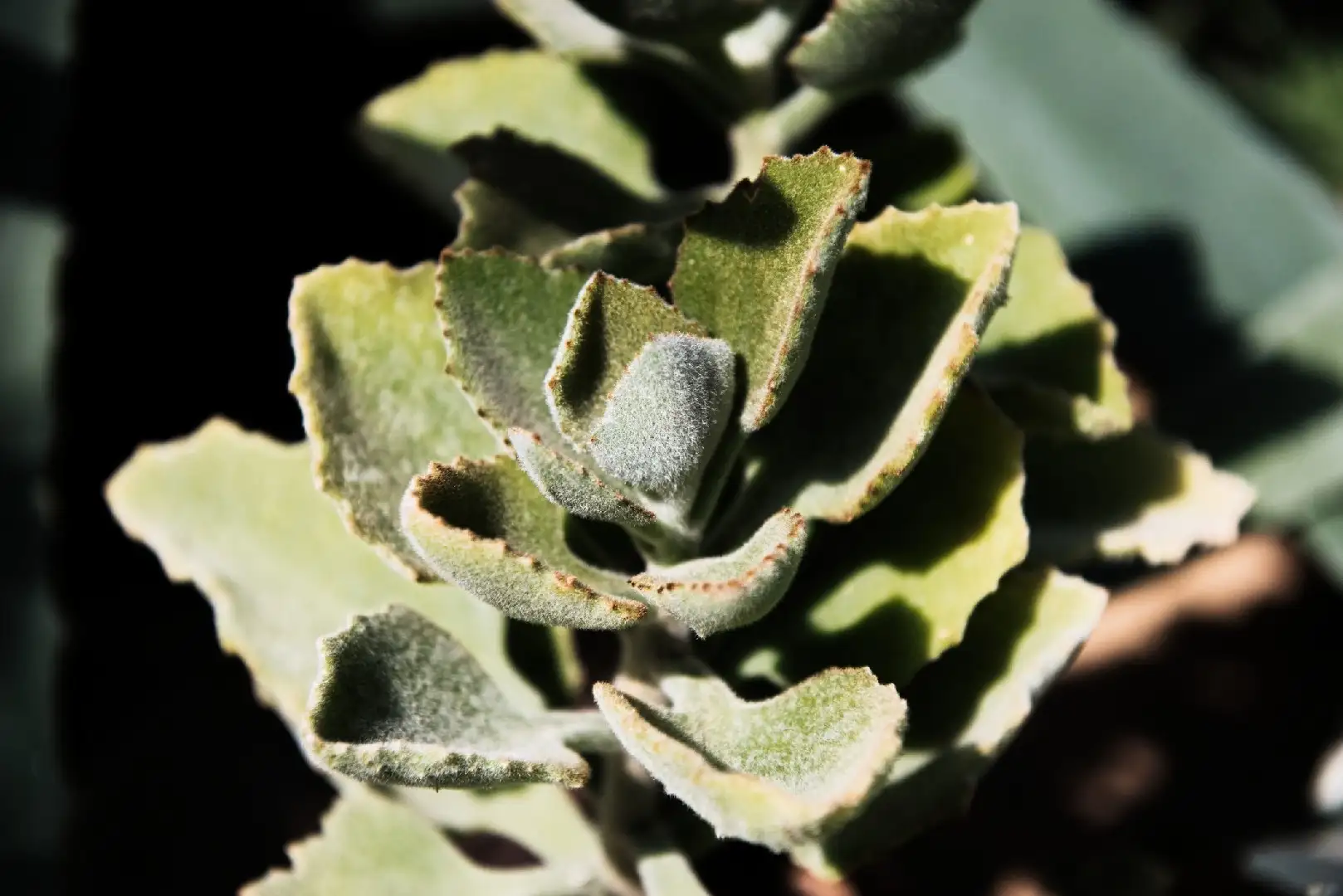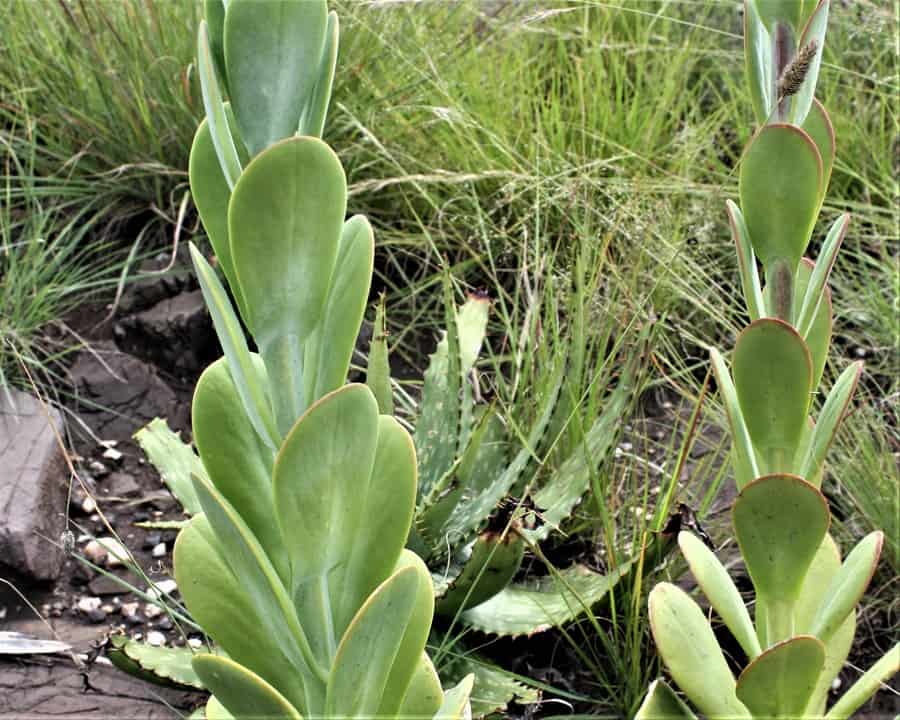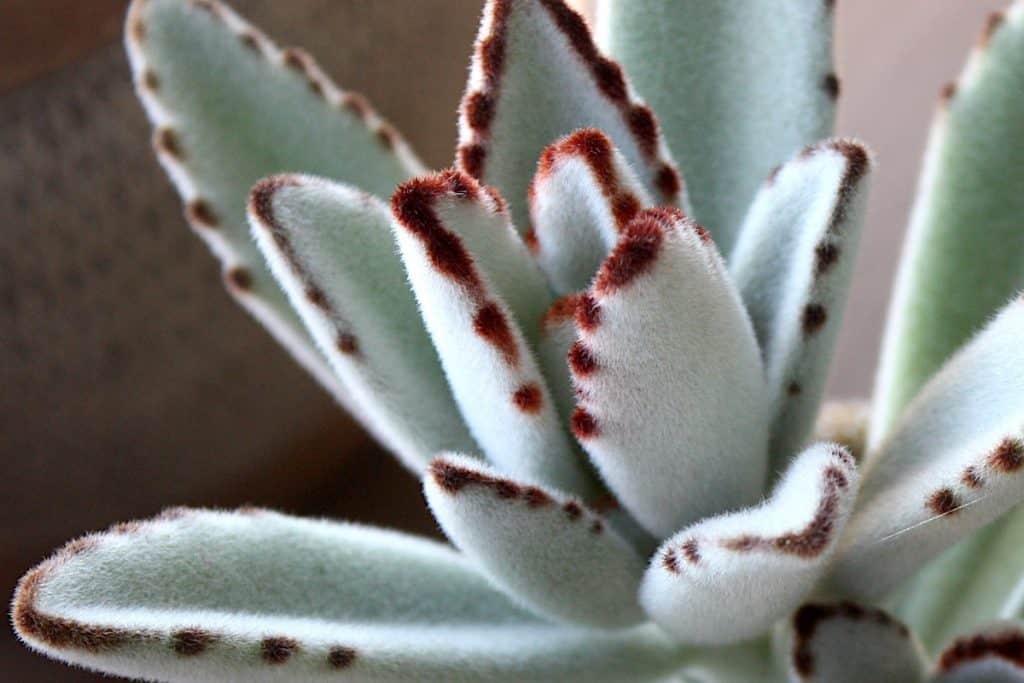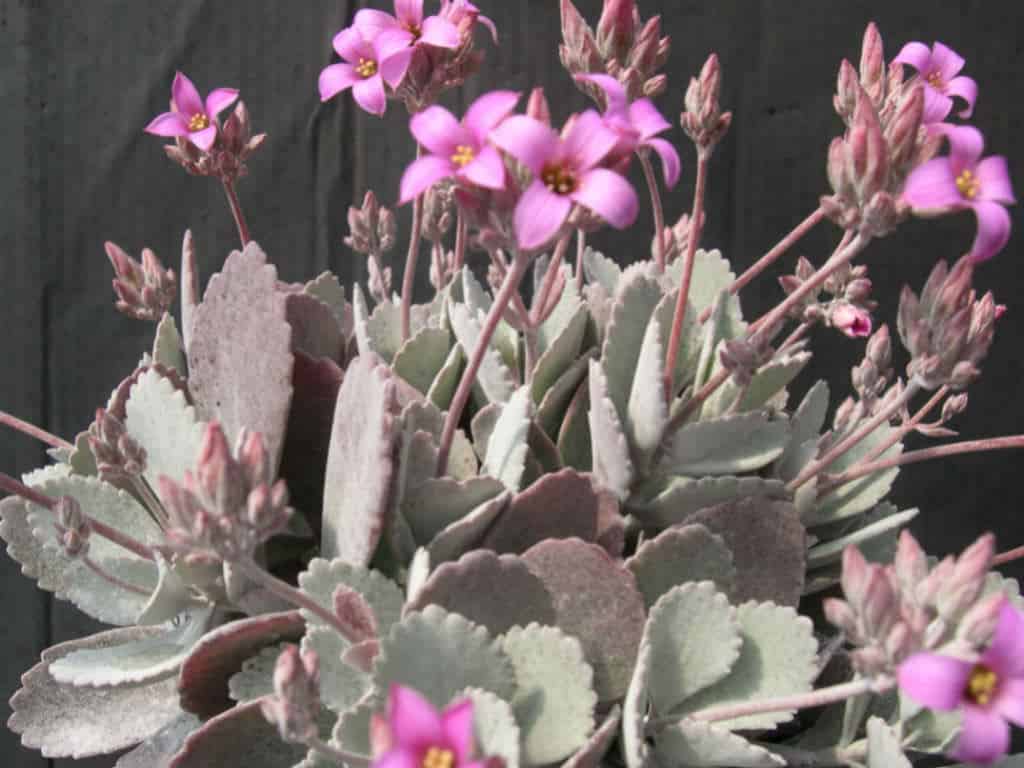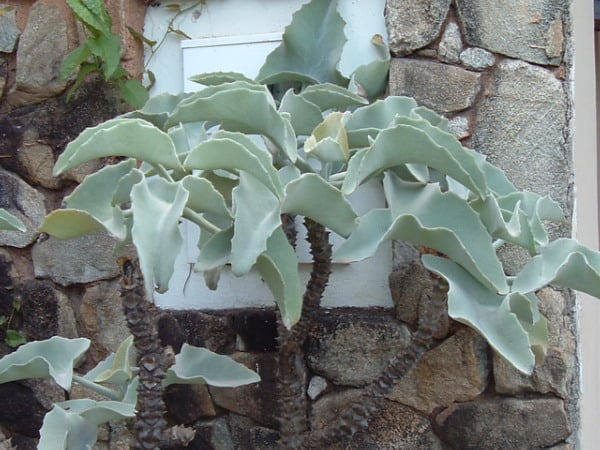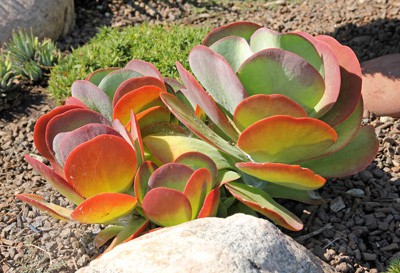Kalanchoe blossfeldiana, also known as the flaming katy plant, florist kalanchoe, Madagascar widow’s thrill, Christmas kalanchoe, or just the flaming katy succulent, is the perfect combination of form and function in an indoor plant. The flaming katy plant blooms in the fall with bright red flowers that last until early winter when they begin to yellow and die back.
Kalanchoe blossfeldiana is beautiful enough to be displayed in any room of your home, yet it can also help purify the air and reduce stress with its appealing scent. They’re also easy to care for, making them a great gift or centerpiece plant for beginners!
Here’s everything you need to know about caring for flaming katy plants indoors.
Origin and distribution
Kalanchoe blossfeldiana is native to Madagascar. It is also known as the Christmas kalanchoe, flaming katy, or florist kalanchoe. The plant typically blooms in winter. They are widely cultivated as houseplants and are popular gifts during the holiday season.
Madagascar widow’s thrill flowers with a pale pink color at night. Flaming katy succulent that attracts hummingbirds. Flame red-orange leaves on these succulent plants make flaming katy succulents stand out from other types of plants. Kalanchoe blossfeldiana will do well in containers filled with fast-draining potting mix, such as cactus mix because they have no taproot and need constant moisture.
Kalanchoe blossfeldiana propagation
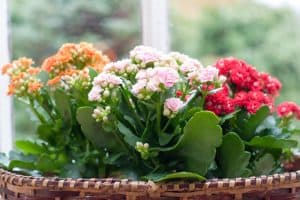
Kalanchoe blossfeldiana, or Flaming Katy, is a beautiful succulent that is easy to propagate. To propagate, simply take a stem cutting with at least two leaves and allow it to callus for a few days. Once the cutting has been calloused, plant it in a well-draining cactus mix and water it lightly. The cutting should root within a few weeks.
Kalanchoe blossfeldiana will grow in bright light indoors but they prefer outdoors when they are able to get some sun.
The flaming katy can also be propagated by planting seeds, which requires less effort than taking cuttings. The seed needs to be exposed to light and a temperature of 85 degrees Fahrenheit before it will germinate, so you need to make sure the soil is warm enough.
When your seedlings have four true leaves, you can transplant them into pots containing potting soil with added peat moss. Put these plants outside in an area where they’ll receive plenty of sunlight as soon as possible. As long as you keep these plants watered regularly, you shouldn’t have any trouble keeping them alive!
Kalanchoe blossfeldiana care information
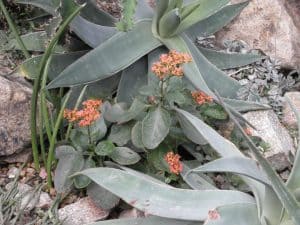
The Kalanchoe blossfeldiana, or Flaming Katy plant, is a beautiful succulent that is easy to care for. These plants prefer bright, indirect sunlight and well-draining soil. Allow the soil to dry out completely between watering. These plants are also fairly drought-tolerant and can go long periods without water.
Light requirement
The Kalanchoe blossfeldiana, or Flaming Katy plant, is a succulent that requires a lot of light to thrive. If you live in an area with limited sunlight, you may need to supplement your plants’ natural light with grow lights. Grow lights come in a variety of shapes, sizes, and intensities, so it’s important to choose the right one for your needs.
Soil/potting mix
Your kalanchoe will need a well-draining potting mix. You can make your own by mixing together one part perlite, one part potting soil, and one part sand. If you’re short on time, you can also purchase a pre-made cactus or succulent mix from your local garden center.
Be sure to choose a mix that contains little to no organic matter, as this can cause your kalanchoe’s roots to rot. Kalanchoes don’t do well in wet conditions, so be sure not to overwater them! In fact, they prefer dry soil and thrive in low-light conditions.
Watering
The Kalanchoe Blossfeldiana is a succulent that does best with infrequent watering. Allow the soil to dry out completely between waterings, and then give the plant a good soaking. Be sure to drain any excess water from the saucer beneath the pot. Kalanchoes are sensitive to fluoride, so if your tap water is high in fluoride, consider using distilled or rainwater for your plants.
It’s also important to make sure that the roots of your kalanchoe do not stay wet all of the time. After they’ve been watered, allow them to dry out slightly before you water them again. If you live in an area where winters are cold, it’s okay to keep your kalanchoe inside during winter as long as you remember to bring it back outside when spring comes!
Fertilizer
As with most succulents, Kalanchoe Blossfeldiana doesn’t need much fertilizer. In fact, too much fertilizer can actually be harmful to the plant. A light feeding every other month is all that’s needed to keep your plant healthy.
Fertilize mine about once a month because it helps produce more flowers and makes them last longer. Remember to water first before fertilizing so you don’t wash away any of the nutrients!
Temperature
The Flaming Katy plant is a tropical plant that loves the heat. It grows best in temperatures between 70 and 90 degrees Fahrenheit. However, it can tolerate cooler temperatures as long as it is not below freezing.
If the temperature does drop below freezing, the plant will die if left out of the doors. Therefore, if this happens, make sure to bring the plant inside before the temperature drops below 32 degrees Fahrenheit.
Humidity
The Kalanchoe is a low-maintenance plant that can tolerate periods of drought; however, it does require some humidity to thrive. In this regard, the kalanchoe blossfeldiana prefers sunny locations near windows and doorways where there is regular traffic. With these conditions in place, this plant will not only survive dry spells but flourish with its orange flowers in bloom during the winter months.
The ideal humidity range for a flaming katy plant should be about 50% to 70%. Misting your flamboyant katy once or twice per week is recommended for maximum benefit. If you notice brown patches on the leaves, you may need to increase your watering frequency or mist more often.
Pruning
The Kalanchoe blossfeldiana is a beautiful succulent that is easy to care for. Though it doesn’t require much pruning, you may want to trim back the occasional leggy stem. To do so, simply cut the stem at the desired length with a sharp knife or pair of scissors. Be sure to make your cuts clean and even, as this will promote new growth.
When to repot
The best time to repot your Kalanchoe Blossfeldiana is in the spring before it begins to actively grow. This will give the plant time to adjust to its new pot and soil before the growing season begins. If you must repot during the growing season, do so in the early morning or evening when the plant is not actively growing.
Water the plant well before repotting, and be sure to use a pot that is only slightly larger than the current one. Fill the new pot with good quality potting mix that has been pre-moistened with water.
Make sure there are drainage holes in the bottom of the pot. Spread out some of the mixes over the surface of your old container to hold loose roots while they become established in their new home.
Dormancy/Winter rest
Kalanchoes are short-day plants, meaning that they require 12 hours or less of sunlight to initiate flowering. As winter approaches and the days grow shorter, kalanchoes begin to prepare for their dormancy period. During this time, they will stop producing flowers and their leaves will begin to fall off.
Once all the leaves have fallen, the plant will enter a true state of dormancy. During dormancy, the plant will not need to be watered and should be kept in a cool, dark place.
They may also benefit from being placed in an unheated garage, basement, or closet. If temperatures rise above 55 degrees Fahrenheit, place them outside during the day so they can get some sun. It is best to bring them back inside at night so they don’t freeze.
Kalanchoe blossfeldiana flower & fragrance
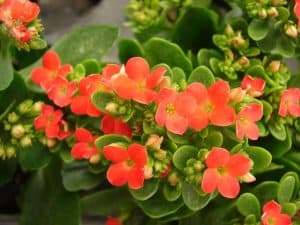
The Kalanchoe blossfeldiana gets its name from its vibrant flowers that bloom in a wide range of colors including red, orange, yellow, and pink. The Flaming Katy is a low-maintenance plant that is perfect for those who are new to gardening or don’t have a lot of time to care for their plants.
Growth rate
The Kalanchoe blossfeldiana is a succulent that grows quickly. In just a few short weeks, this plant can go from a small seedling to a full-grown adult. The secret to its speedy growth is its ability to store water in its leaves, which helps it survive in dry conditions.
Toxicity
The Kalanchoe blossfeldiana is a beautiful succulent that is unfortunately poisonous to both humans and animals. All parts of the plant contain toxic saponins, which can cause vomiting, diarrhea, and even death if ingested.
The plant is also known to cause skin irritation and rashes. If you have this plant in your home, it’s important to keep it out of reach of children and pets.
USDA hardiness zones
Kalanchoe blossfeldiana thrives in USDA hardiness zones 10 through 12. They are a great addition to any desert garden because they can be found in areas with high rainfall, low rainfall, and even no rainfall at all.
These plants have adapted to living in these harsh conditions, so they can survive without too much water. With their beautiful red blooms and very low maintenance requirements, kalanchoes are the perfect plant for someone who doesn’t want to worry about watering plants on a regular basis.
Pests and diseases
Kalanchoes are generally trouble-free plants, but they can be susceptible to mealybugs and scale. These pests can be controlled with regular applications of insecticidal soap or horticultural oil.
Kalanchoe blossfeldiana can also be affected by root rot, which is usually caused by overwatering. If you suspect your plant has root rot, stop watering it and allow the soil to dry out completely. Once the plant has recovered, be sure to water it only when the soil is dry.
